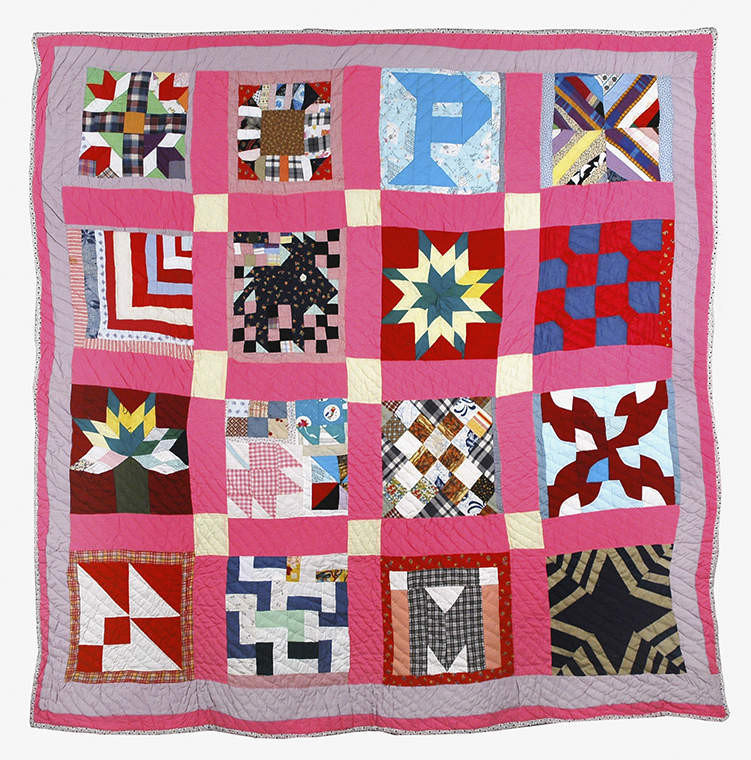Stitching together artistic past, present
April 28, 2014
African-American women made quilts to keep their families warm long before the Civil War, but now the quilts demonstrate a cultural artistry unique to the South.
To honor the historical significance of quilting, the DePaul Art Museum, 935 W. Fullerton Ave., is showcasing an exhibit titled “From Heart to Hand” from April 10–June 22 that features quilts hand-crafted by African-American women from Gee’s Bend, Ala., and neighboring areas throughout the last 70 years.
Just like any other gallery artwork, Louise Lincoln, director of the museum at DePaul University’s Lincoln Park Campus, said the quilts showcase the inventive craftwork of the artists.
“We’re hoping people will broaden their idea of what artwork is,” Lincoln said. “Just because it’s made of cloth doesn’t mean that it’s not a product of an artists’ expression.”
There are 23 intricate, kaleidoscopic quilts designed by various female artists mounted on white walls in three rooms of the exhibit. The show was originally organized by the Montgomery Museum of Fine Arts in 2004 and is currently on tour across the United States.
“Quilts are a practical project to keep people warm, but there is also a history attached to them,” Lincoln said. “The quilts were not made by machines— it is important to know that story.”
African-American quilting styles were born in the South prior to the Civil War, but each quilt artist has their own style, said Georgette Sinkler, an associate professor of philosophy at the University of Illinois at Chicago who studies the history of quilting. The style emphasizes strong, repetitious patterns in explosively warm coloration, which is reminiscent of the folk art in sub-Saharan Africa. In addition, the quilts have a charming, tangibly homemade quality about them, which is undoubtedly linked to their southern origins.
Although the quilts are all from the same area, their structures are free-formed and unique, composed of a wide array of colors and shapes and the stitching of small pieces of fabric to make a complex combination of textiles.
“This improvisation, or freedom in individual expression, would certainly be valued by people oppressed in various ways,” Sinkler said in an emailed statement.
Some of the quilts in the museum were anonymous donations, but the artists featured include Nora Ezell, Mary Lee Bendolph, Mary Maxtion, Plummer T. Pettway and notable quilter Yvonne Wells.
Wells, who is from Tuscaloosa, Ala., said she did not start making her renowned story quilts until 1985. Her quilts depict notable, historical events and figures such as Rosa Parks and Helen Keller. Strips of fabric take the shape of people, objects and places and are embroidered and decorated with buttons and string to tell the full story.
“I think [the exhibit] is one of the greatest things that could’ve happened,” Wells said. “Quilt makers eventually became quilt artists. I would like to let people look at the difference of the types of artwork that is coming from each group of artists.”
Sheila Baldwin, English and African-American Studies professor at Columbia, said quilting was the art form of choice for many African-Americans in the South during the days of slavery. Today, quilting is not as widespread, but many women still maintain the tradition.
Similar to the way a family recipe is passed down from generation to generation, Baldwin said quilt making is important in tracing the sinuous threads of her family history and cultural heritage.
“Visitors should marvel at what an amazing craft these quilts are,” Baldwin said. “Their vision begins with a single image and it involves a lot of detailed work. The stitches they made by hand are just as a tight as a sewing machine.”








